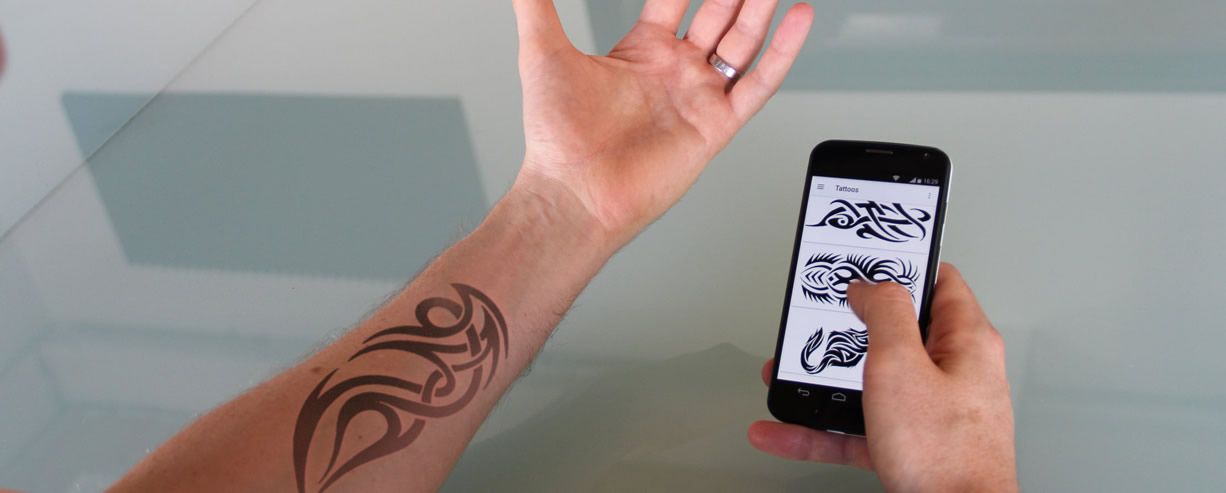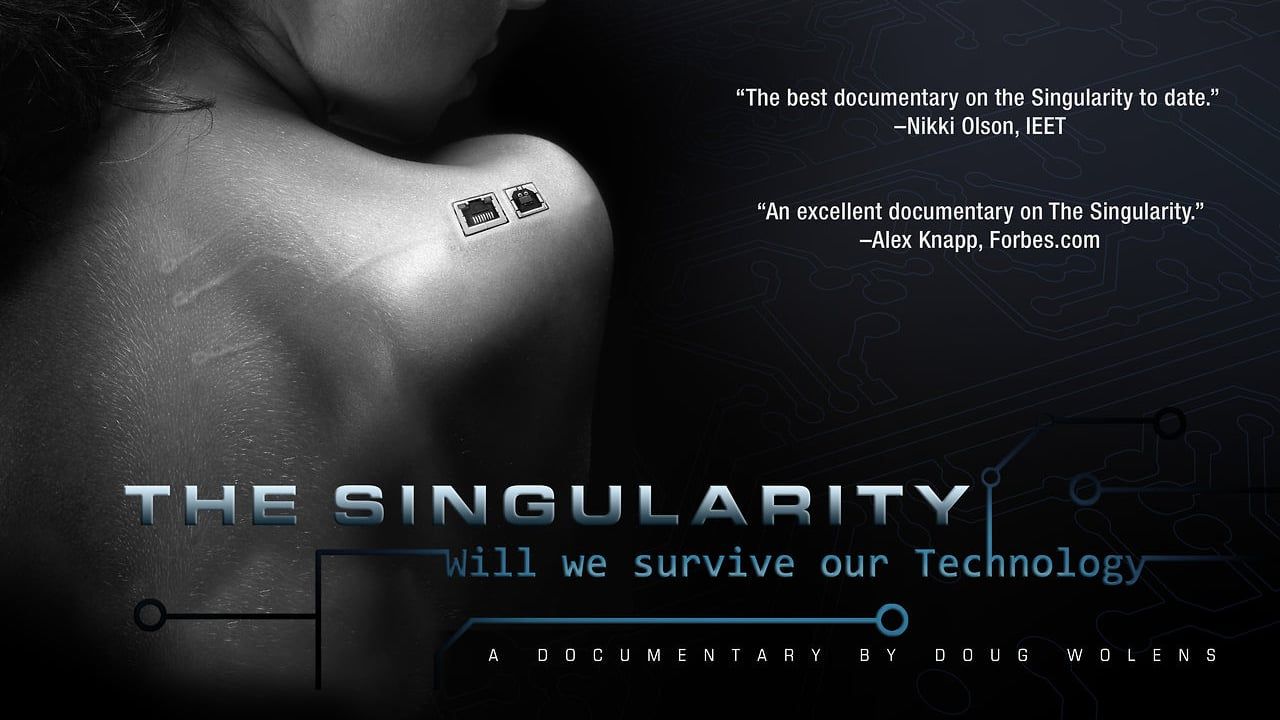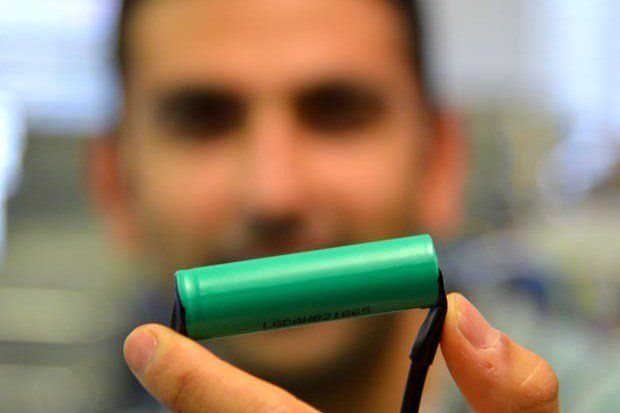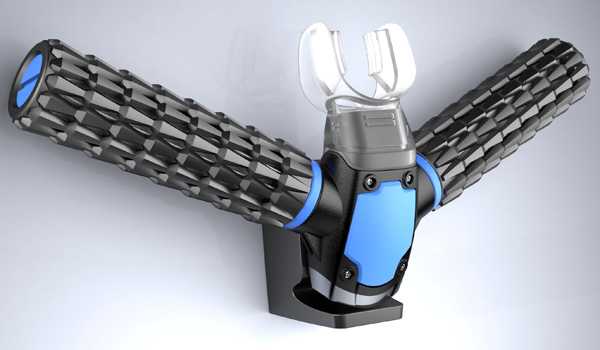It’s not every day you get to sit down and have a one-on-one conversation with a United States presidential candidate, let alone one who is also a Transhumanist. TechEmergence recently had the opportunity to do just that during an interview with Zoltan Istvan, the 2016 presidential candidate for the newly formed Transhumanist party and author of the 2013 published The Transhumanist Wager.
If you follow the emerging trends in artificial intelligence, then you have already likely heard of “Transhumanism.” Oxford’s Nick Bostrom, in his 2003 book Ethical Issues for the 21st Century, defined Transhumanism as “a loosely defined movement…that promotes an interdisciplinary approach to understanding and evaluating the opportunities for enhancing the human condition and the human organism opened up by the advancement of technology.”
This philosophy could be a turning point in human evolution. But like all great movements, this one is seemingly slow to pick up a serious following (though perhaps in retrospect, we will comment on how quickly this direction moved society forward). Regardless, Zoltan Istvan is determined to usher in this transitional philosophy as a political player and advocate for human enhancement.
Fighting for Our Lives
How do you get the populace, and other governments, to listen to ideas that, by mainstream standards, buck tradition and fall on the extreme side of the socially-acceptable spectrum?
Extending human life to hundreds of years, genetic enhancements to prevent disease or enhance human senses or mental capacities, and the potential to “back up” our memories (or our consciousness itself) — these are not “normal” American political concerns — but they’re regular topics of debate among Transhumanists.
There never seems to be an easy answer. As terrible as the idea is in its ramifications, society at large is prone to those life-changing moments in history, the “Pearl Harbor moments”, which seem to evoke the most devastating and poignant calls to action on a grand scale. With the ominous discussions that have been taking place around AI recently, we can only bite our nails at the thought of an AI-induced tragedy – one from which we may not be able to recover. Istvan aims to bring the topics of AI, biotechnology and human enhancement to the forefront of public consideration in order to guide the technology for good, before it “goes rogue.”
The Transhumanist Wave
“Transhumanism is slowly starting to engulf everyone, it’s part of an exploding interest”, remarks Zoltan. “We’ve been talking life extension, bionic arms, telepathy for a while, but for most of the last 50 years it was sci-fi…but over (the last) 48 months many people have crossed over and said, this is real now.”
Indeed, all of these technologies – telepathy included – are a part of our present and near-future realities (or are at least being actively researched). Life extension is one of the most talked about crossovers. Istvan has a distinct philosophy on this issue. “150,000 people a day die. I think that’s completely needless. I think if we have the proper technology…increased development of life extension technologies…would be able to save huge amounts of people over a decade,” a number that would likely equate to hundreds of millions of lives.
Zoltan comments on the promotion of “productive life hours, happy life hours”. He explains that part of the Transhumanist mission is trying to get people to understand that dying is not a good thing, to overcome what he sees as a history of being “trained to die”. Benjamin Franklin certainly spoke a relative truth when he commented that the only things certain in life are “death and taxes”. While we may not be close to escaping taxes, perhaps death can, in time, be conquered to a great extent. With investment in the right technology, society might soon be able to expand life spans to 120 or even 150 years.
The investment required is substantial. One of Istvan’s main agendas is in trying to convince people that the life extension initiative is more important than “buying trinkets at Walmart”. In other words, we need to move from being a complacent, ever-present society to being a proactive, forward-thinking one in order for life-extension technology to advance.
To be sure, there are a number of billionaires interested in living indefinitely, but what does that mean for the rest of us? Would the common person ever be able to afford such “extensions”, or would these technologies become advanced and cheap enough in time that they become the norm for almost all? Whether we like it or not, Istvan insists the shift towards this technology is already happening. The Transhumanist party was formed to try and make that shift quicker.
Zoltan is so confident in the output of potential investment that he is advocating for one trillion dollars in life-extension science (he remarks that the worlds’ governments’ net worth is 400 trillion total, though this number could not be verified). “I’m sure we can change the industry,” Istvan comments, “governments are just not interested (now) in keeping people alive…it’s a true tragedy.” Harkening to the importance of life extension many times in the recent full interview, it became evident as one of the major thrusts of his initiatives as an aspiring president.
Technology flits by right under our noses as we stare into our mobile phones, yet the far-reaching ideas of its evolving presence are scary. Tinkering with the human condition is…well, scary. Istvan recognizes these very normal fears, but he is leading a party and movement that emphasizes the overwhelming benefits that technology can offer, particularly in the area of human enhancement.








